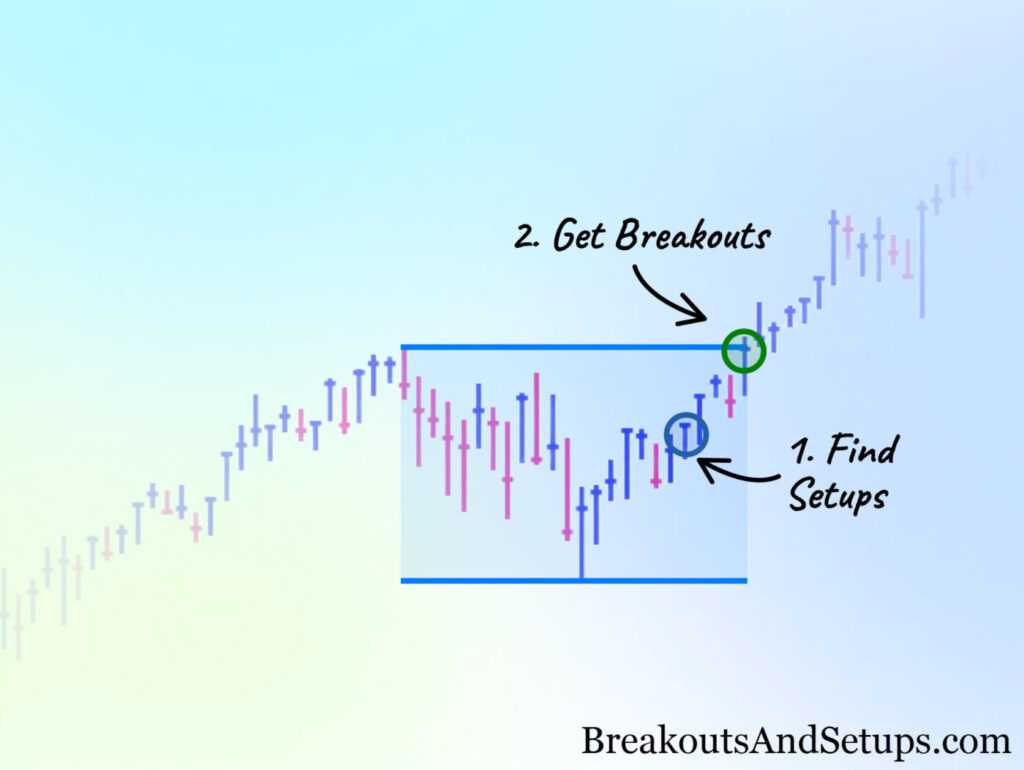I have a ton of respect and admiration for my elders, especially the ones that have made billions of dollars in the market. Interestingly, nearly every stock market elder (except for the perma-bulls), are cautious, if not bearish, at these levels. Over the past 18-24 months, as the major U.S. indices have moved sideways, investing legends such as Carl Icahn, George Soros, Stanley Druckenmiller, David Tepper, and others, have turned cautious (or outright bearish) on global equity markets. If the market was soaring and only one or two were bearish, we might be able to write it off. But when the market is not able to rally and they are nearly all bearish, it is wise to listen. Let’s take a closer look at the bearish argument.
Fact #1: Aging Bull Market
We know all bull markets have a definitive beginning and a definitive end. The only problem is that we don’t know when the beginning or end will occur. We only know it for certain after it happens which makes it a rear view mirror phenomenon. That said, this is an aging bull market for equities anyway you slice it. The bull market is 7.5 years old (since the March 2009 low) and the major U.S. indices have largely moved sideways since QE 3 ended in October 2014. The last few bull markets ended shortly after their 5th anniversary, which means this one is definitely up there.
Fact #2: Earnings Recession
We are in an earnings recession. Typically, investors love earnings and they like paying up for earnings growth. We are seeing the exact opposite, even with all the easy money from global central banks, earnings continue to fall. We just finished the second quarter and so far all evidence suggests another lousy quarter for corporate earnings. My friends at FactSet estimate earnings will decline -5.3% for the S&P 500. If earnings actually decline for Q2 it will mark the first time the S&P 500 has reported five consecutive quarters of year-over-year declines since Q3 2008 through Q3 2009. So far, 81 companies have issued negative EPS guidance and only 32 have issued positive EPS guidance. Hardly, anything to write home about.
Fact #3: Stocks Are Not Cheap
Another big element investors look for are attractive valuations. Historically, bull markets top out when the P/E ratio for the S&P 500 gets into the low 20′s. Right now the forward 12-month P/E ratio is 16.4 which is considered by most to be “fair” value. Meaning, stocks are not cheap and they are not expensive. It is also important to note that we are slightly above the 5 year average of 14.6 and above the 10-year average of 14.3.
Fact #4: Tops Require Time and Price
Every top (and bottom) in history require two components: Time and Price. Meaning, tops do not happen overnight. If we did not have the manic action from global central banks there would be no question in our mind that we are in a classic topping process. The only bullish wild card is that coordinated effort from global central banks. We’ll see how that plays out in the near term. We do have to note that more easy money from central banks could be a strong enough catalyst to send stocks higher from here.
Fact #5: Economy Is Lackluster, At Best
The economy, like markets, ebbs and flows in cycles. Meaning, it is perfectly normal to see the economy slip in and out of recessions. Thanks in part to all the easy money sloshing around the globe, it has been a very long time since we were in a recession. Same logic applies, with everyday day that passes we are getting closer to the next recession (and next bear market) not further from it. Just some food for thought. Here’s a chart of U.S. GDP over the past few quarters (before Brexit) and you can easily “see” the trend is down:
S&P 500 (SPX) Value Over Time – Trailing 2 Years
Bottom Line: Central Bank Put (For Now) Remains Alive And Well
My primary objective is to align myself with what is actually happening on Wall Street. Right now, we are still in a bull market and central banks continue to adopt a very easy money stance. So until the music ends (markets stop reacting well to all the easy money), we are find it prudent to prepare for the next bear market, especially if the selling intensifies. Doing this, allows us to listen to our elders.






